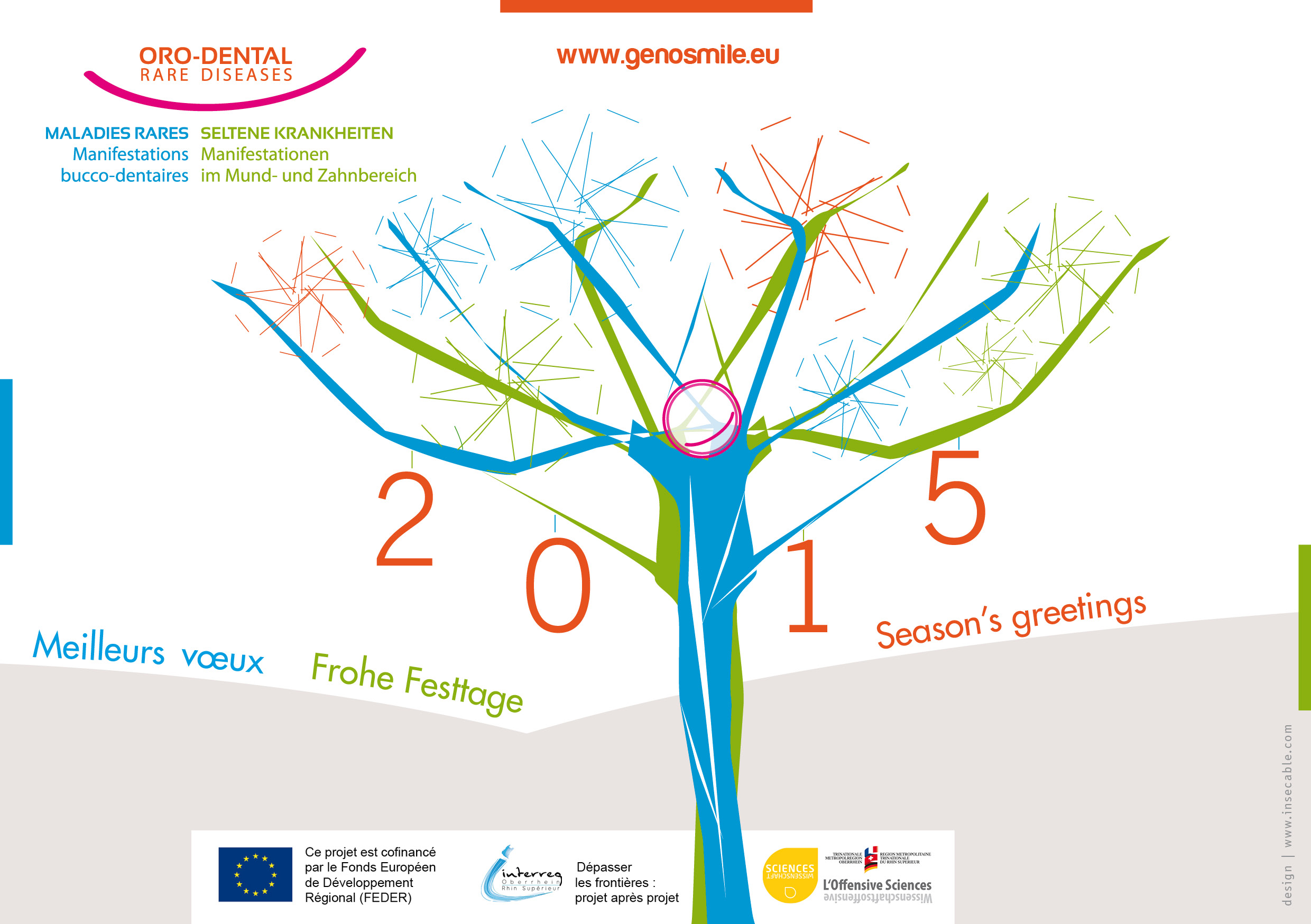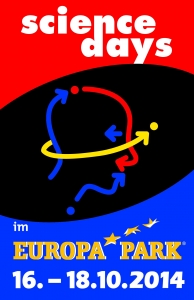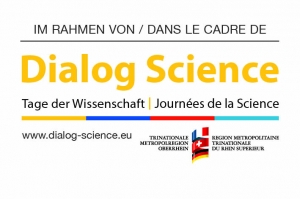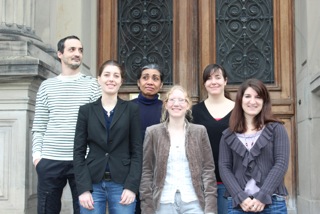Mutations in the Latent TGF-beta Binding Protein 3 (LTBP3) Gene cause Brachyolmia with Amelogenesis Imperfecta
2015 / ENGLISH
M. Huckert, C. Stoetzel, S. Morkmued, V. Laugel-Haushalter, V. Geoffroy, J. Muller, F. Clauss, M. K. Prasad, F. Obry; J.L. Raymond, M. Switala, Y. Alembik, S. Soskin, E. Mathieu, J. Hemmerle, J.-L. Weickert, B. Dabovic, D. B. Rifkin, A. Dheedene, E. Boudin, O. Caluseriu, M.-C. Cholette, R. McLeod, R. Antequera, M.-P. Gelle, J.-L. Coeuriot, L.-F. Jacquelin, I.Bailleul-Forestier, M.-C. Maniere, W. Van Hul, D. Bertola, P.Dolle, A. Verloes, G. Mortier, H. Dollfus, A. Bloch-Zupan
Human Molecular Genetics 2015. doi: 10.1093/hmg/ddv053




